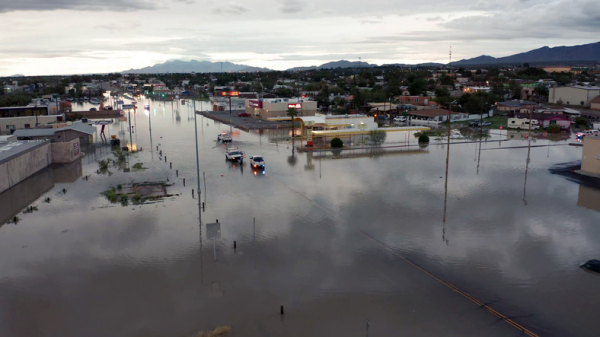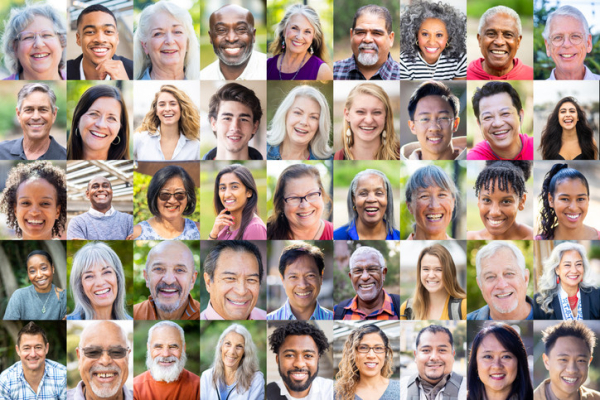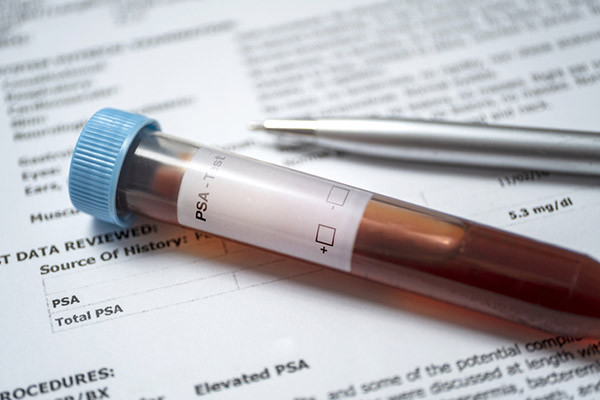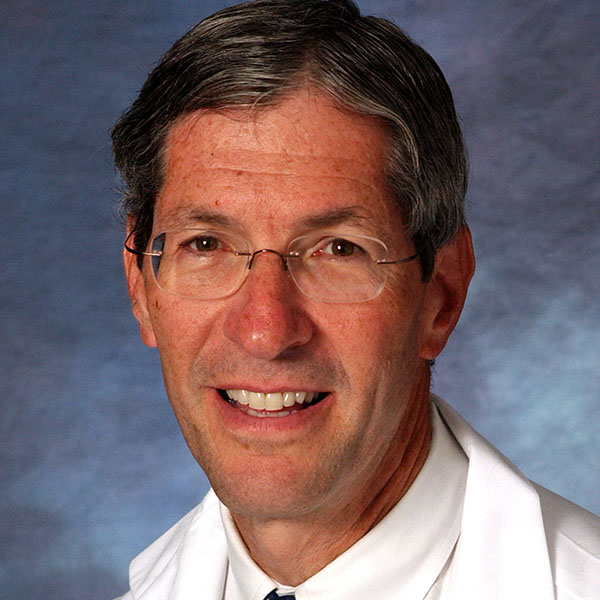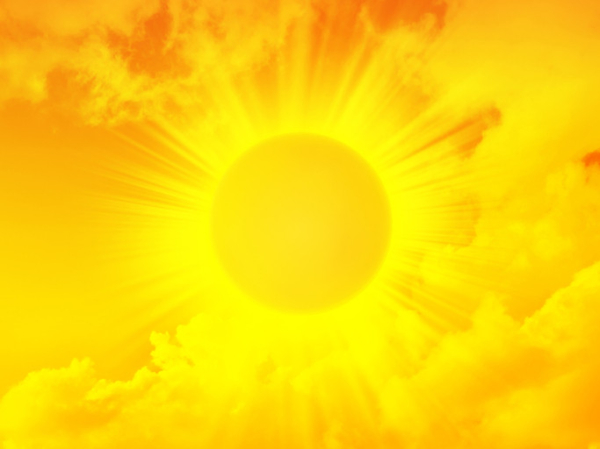
The first two weeks of July were the Earth’s hottest on human record, and people across the country continue to suffer from lingering, suffocating heat waves. The US Centers for Disease Control and Prevention has issued repeated warnings and tips about recognizing and preventing heat-related illnesses, like heat stroke, heat exhaustion, and heat cramps.
But one heat-related illness that people do not always recognize is heat rash.
“Heat rash can indicate that your exposure to excessive heat could lead to other serious heat-related issues, if not addressed,” says Dr. Abigail Waldman, a dermatologist with Harvard-affiliated Brigham and Women’s Hospital. "While heat rash is not dangerous in itself, sustained exposure to high heat can lead to heat exhaustion and heat stroke, so it's important to note any early signs that your body is struggling with the heat.”
What are the signs of heat rash?
Heat rash is also known as miliaria or prickly heat. It is caused when ducts from eccrine sweat glands that lead to the skin's surface are blocked or inflamed.
Eccrine sweat glands help your body maintain a steady temperature. When your internal temperature rises, these glands release water that rises to the surface of your skin through tiny ducts. There, it quickly evaporates, cooling your skin and the blood beneath.
However, sweat ducts may get blocked when you sweat excessively in hot temperatures, particularly if skin folds or tight-fitting clothes hinder their function.
Sweat is then trapped beneath the skin. This triggers inflammation, which leads to the appearance of small, itchy red bumps, similar to tiny pimples or blisters. In people with darker skin tones, these small, itchy bumps may not appear red, but will look slightly darker than surrounding skin.
Where and when is heat rash likely to occur?
Heat rash can appear on the neck, scalp, chest, groin, or elbow creases.
“Heat rash can occur any time the body sweats, so it is common in hot, humid climates, during hospitalizations, from fever, and during exercise,” says Dr. Waldman.
Heat rash also can occur in newborns, as their eccrine sweat glands are not fully developed. In newborns, heat rash looks like very thin blisters or water drops widely distributed on the face, trunk, arms, and legs. Call your pediatrician for advice if you notice a rash like this.
How can you treat heat rash?
Heat rash in adults is easy to treat with home remedies. “The techniques to relieve symptoms also can help prevent heat rash for adults and babies,” says Dr. Waldman.
- Cool down. The first step is to get out of the heat and cool and dry your skin. Use a fan or air conditioner, take a cool shower, or apply cool compresses to the affected areas. It's important to know that some people are more vulnerable to heat, and to make plans to help stay safe when temperatures are dangerously high.
- Prevent irritation. To prevent skin irritation, avoid wearing clothes made from synthetic materials, which can trap heat. (While dry-fit clothing helps to wicks away moisture from the skin, it often can be too tight fitting.) Instead, wear light, loose-fitting cotton clothing that allows airflow over your skin. If a heat rash occurs around your groin area, avoid wearing undergarments until it clears up.
- Try anti-itch products. Use an over-the-counter topical corticosteroid cream or calamine lotion for itching. However, avoid baby powder, oily or greasy moisturizers, and sunscreen, as they can further block sweat ducts.
Heat rash typically goes away within one to two days once you cool down your body. More severe heat rashes can last a week or longer. See your doctor (or follow up with your pediatrician) if a heat rash has not cleared up after a week. Also seek immediate care if you experience pain, intense itching, or the rash appears infected.
About the Author
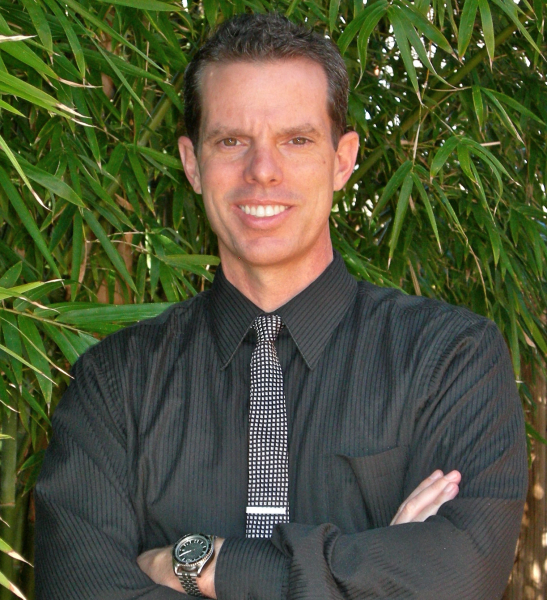
Matthew Solan, Executive Editor, Harvard Men's Health Watch
Matthew Solan is the executive editor of Harvard Men’s Health Watch. He previously served as executive editor for UCLA Health’s Healthy Years and as a contributor to Duke Medicine’s Health News and Weill Cornell Medical College’s … See Full Bio View all posts by Matthew Solan
About the Reviewer
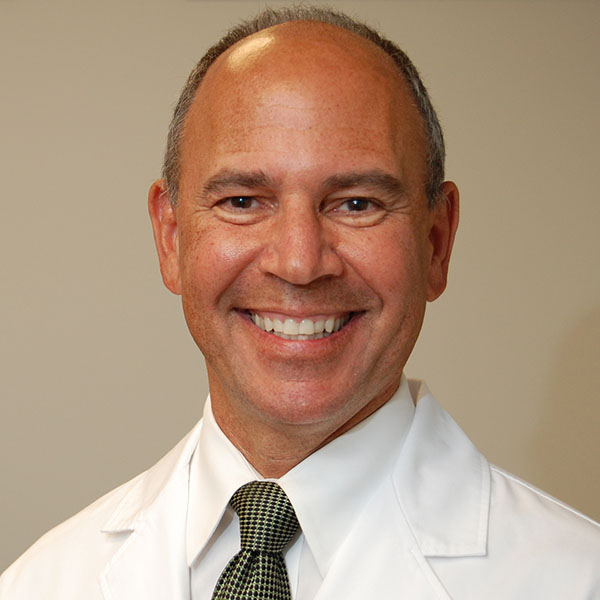
Howard E. LeWine, MD, Chief Medical Editor, Harvard Health Publishing
Dr. Howard LeWine is a practicing internist at Brigham and Women’s Hospital in Boston, Chief Medical Editor at Harvard Health Publishing, and editor in chief of Harvard Men’s Health Watch. See Full Bio View all posts by Howard E. LeWine, MD

